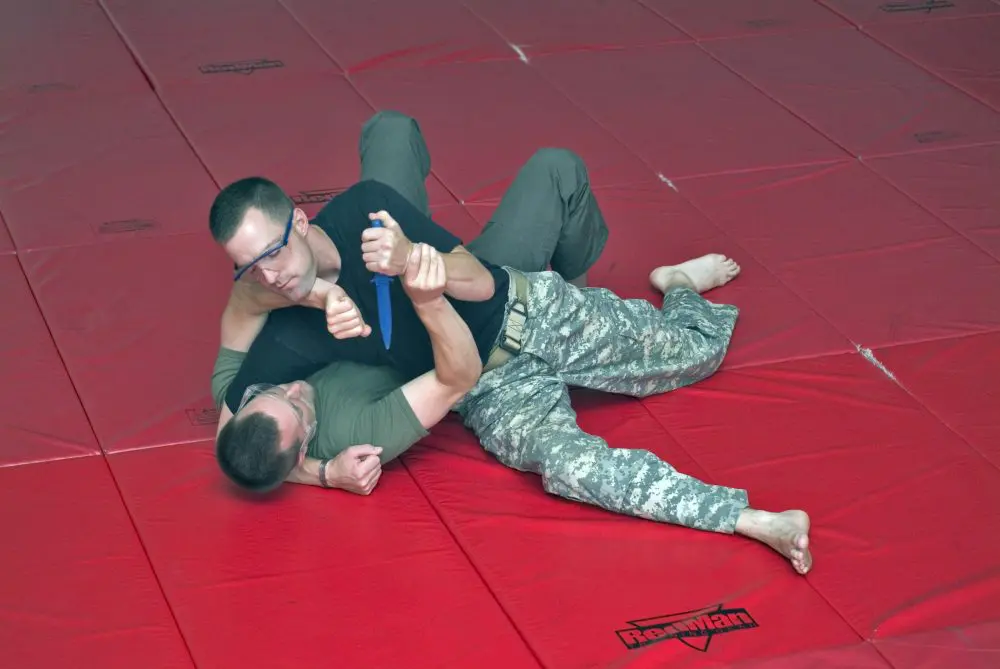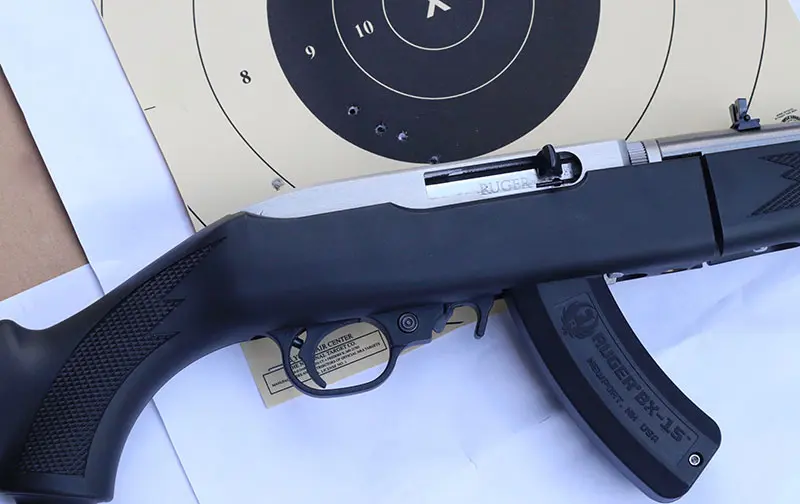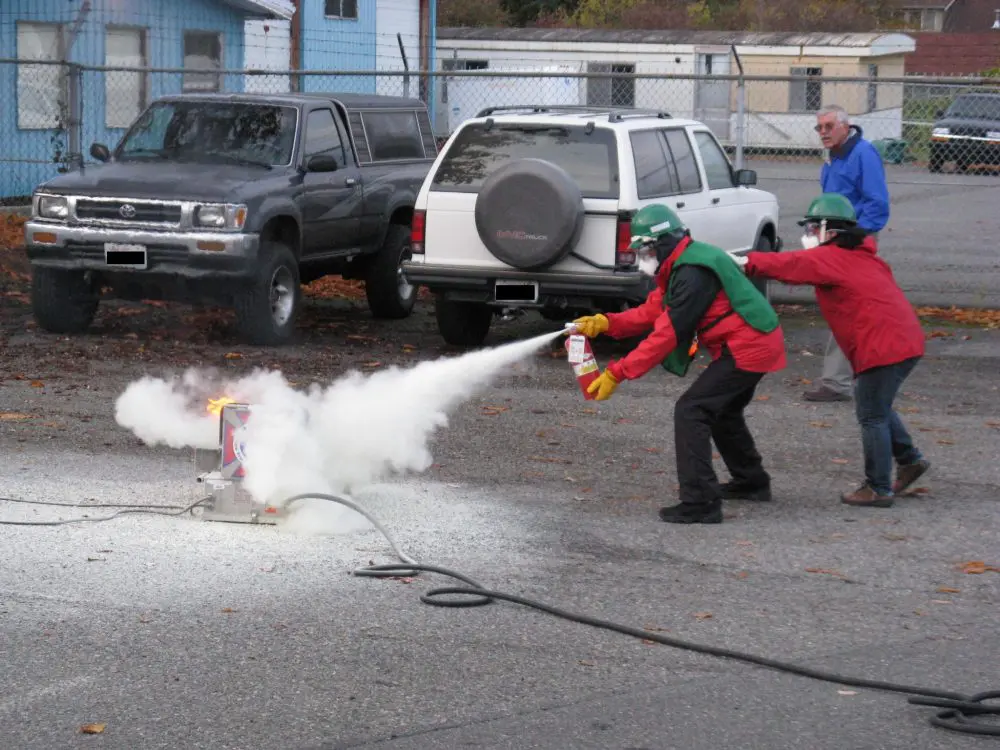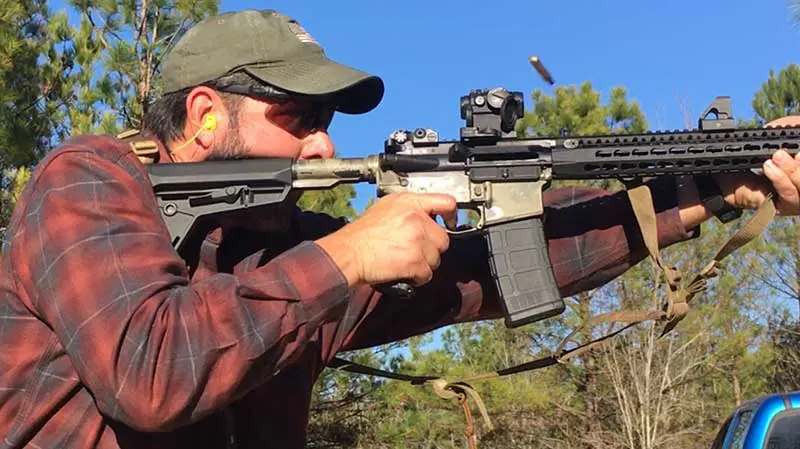Seen or unseen, knives are all around us. Peace officers and private citizens alike carry a blade as a back-up self-defense tool; some even seek training in their use. Considering the blade culture of the criminal world, it seems logical that those of the tactical persuasion should become proficient with this most common of weapons.
Like handgun training, knife abilities are developed with a progression of skills developed over time. For many, attending a knife training seminar once and buying an overpriced blade are the limits of their training. They simply don’t have the tools and methods to follow up with their skills development. This article will offer training methods that do not require elaborate gear, but build practical skills with a defensive knife. They are not style-specific or blade-specific. The important thing is to have a plan and train.
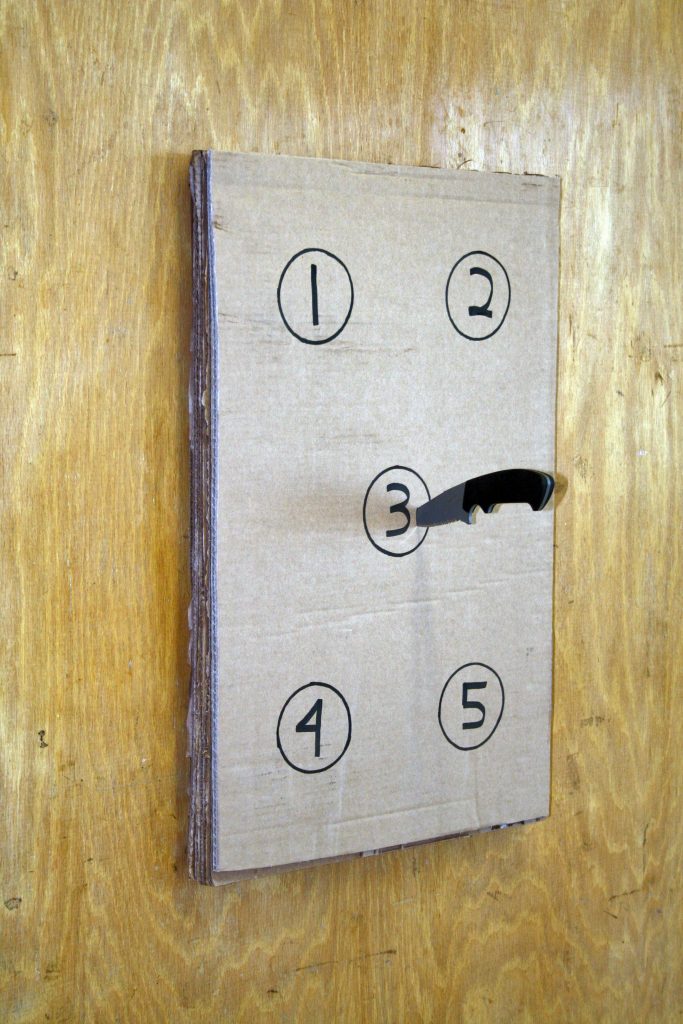
Knowing how to do something doesn’t make you good at it—skills and ability are the products of quality practice. Seminars give you the skill-set fundamentals, but you need to ingrain them into your mind and body with thousands of quality repetitions, and that occurs well after the seminar. To devote time to this training, it is practical to do short sessions as often as one’s busy schedule permits. Fifteen minutes of training per week is better in the long run than half a day every year. The good news about training with knives is that it can be done almost anywhere, without expensive equipment, often solo.
Table of Contents
THE PLAN
Just as with firearms training, the idea is to start with simple skills and progress to the complex. Below is a compressed outline of which type of skill set matches up with the appropriate training method.
Cutting skills: cut board, cut pit (simple skills)
Movement skills: cut pit, rubber knife drills
Reactionary skills: sparring, scenarios (complex skills)
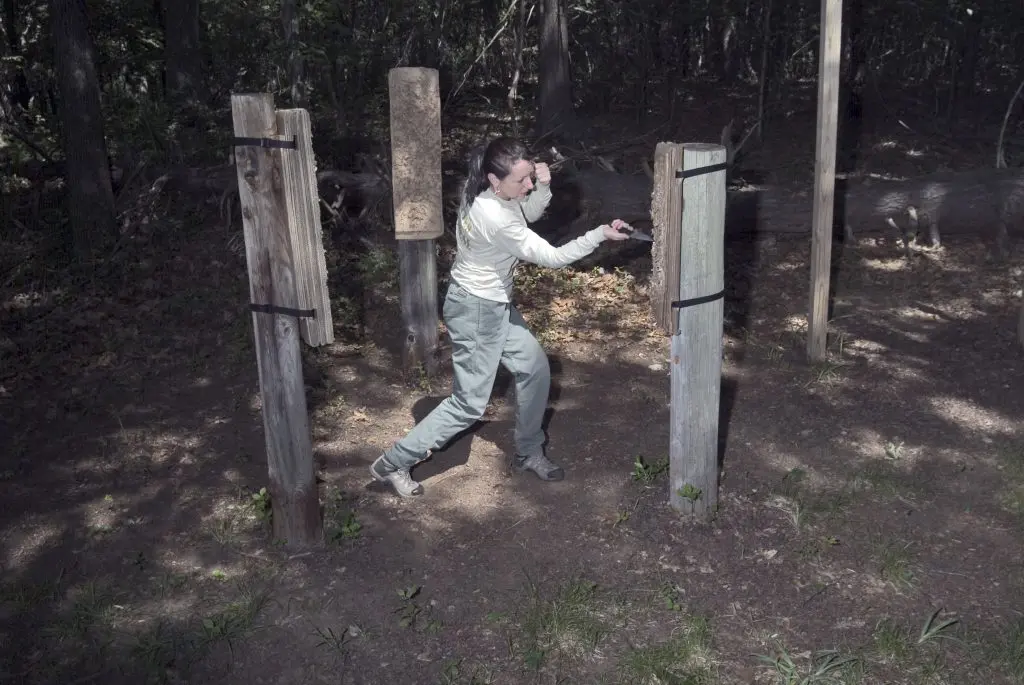
THE CUT BOARD
To develop skills in cutting, one must actually do a lot of cutting. This can be done by making a cut board out of scrap cardboard. Although cardboard lacks some of the elastic qualities of flesh, it offers a cheap and workable alternative to actual meat. Butchering deer may give one a feel for how flesh offers resistance to a blade, but lacks the convenience of a cardboard cut board hung up in the garage. The idea is to get resistance to your cutting motions with a material that gets harder to cut the deeper you go—just like flesh. This also gets you used to impact and develops a functional grip on the weapon.
Making a cut board is straightforward. Using a razor-knife, cut corrugated cardboard into square or rectangular pieces about 18” to 24”—the final size is your choice. Cut enough pieces to make a stack at least 2.5 inches thick. Glue the cardboard pieces together into a stack with white multi-purpose glue; Elmer’s brand Glue-All works fine. This does not have to be a precise project: consider using a single bottle (7.6 fl. oz.) of glue per complete cut board.
Just squirt the glue on in lines or blotches and stack the pieces like layers in a cake. Weight the stacked cardboard down with something (such as two bricks) until the glue dries. When done, glue the cardboard to a scrap of plywood that can be mounted to a wall to ensure a full penetration by your knife will not strike the supporting wall—a real concern if mounting the board to concrete. When you have hacked the cut board to ribbons, you can just pull off the upper layers and glue on replacements.
When performing live cuts, start easy and slowly work up to full force. You may need to wrap cloth athletic tape around high-wear parts of your hands; performing hundreds of repetitions can quickly grind skin off contact points.
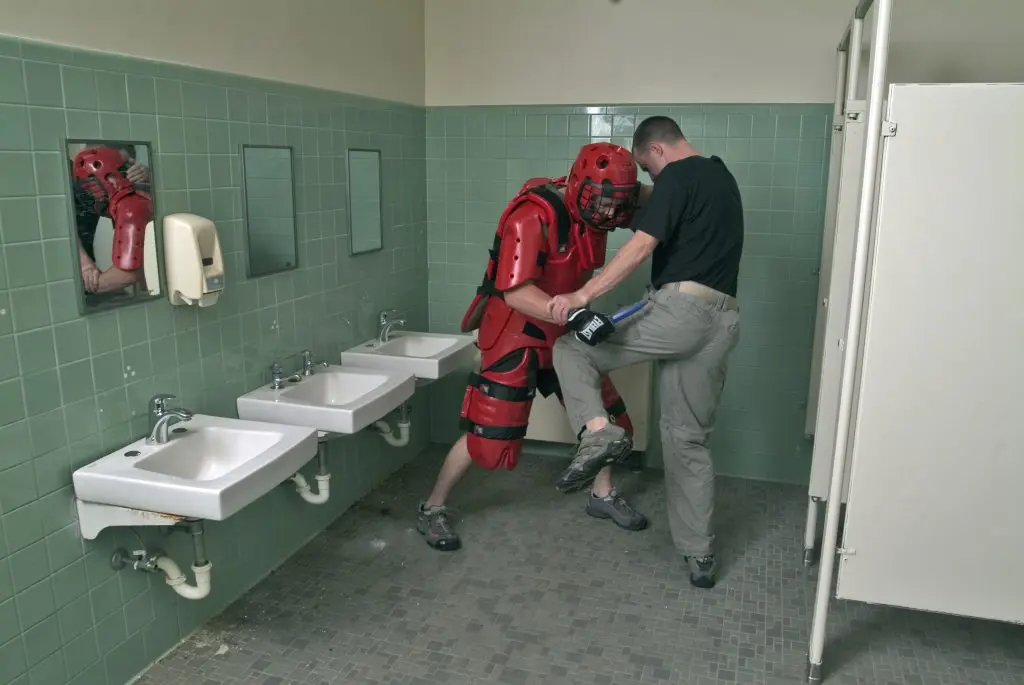
If your blade and fighting style incorporate stabbing attacks, consider marking three-inch circles on the striking surface of your board with a marking pen. These circles will be stabbing targets. Number them so your training partner can call out a number and you can stab it. Sounds similar to discrimination drills on the shooting range, doesn’t it? It should, and the same goals apply here too. Accuracy counts with knives as well as firearms.
Think long and hard about stabbing with your folding knife—it’s called a folder for a reason, and it is all too easy to lose fingers if the blade decides it wants to fold up during a hard stabbing strike into the cardboard. Also, folders lack a guard, and it’s easy for fingers to slide down a blade during a hard stab. Do such at your own peril—save the stabs for a real emergency or get a fixed-blade knife.
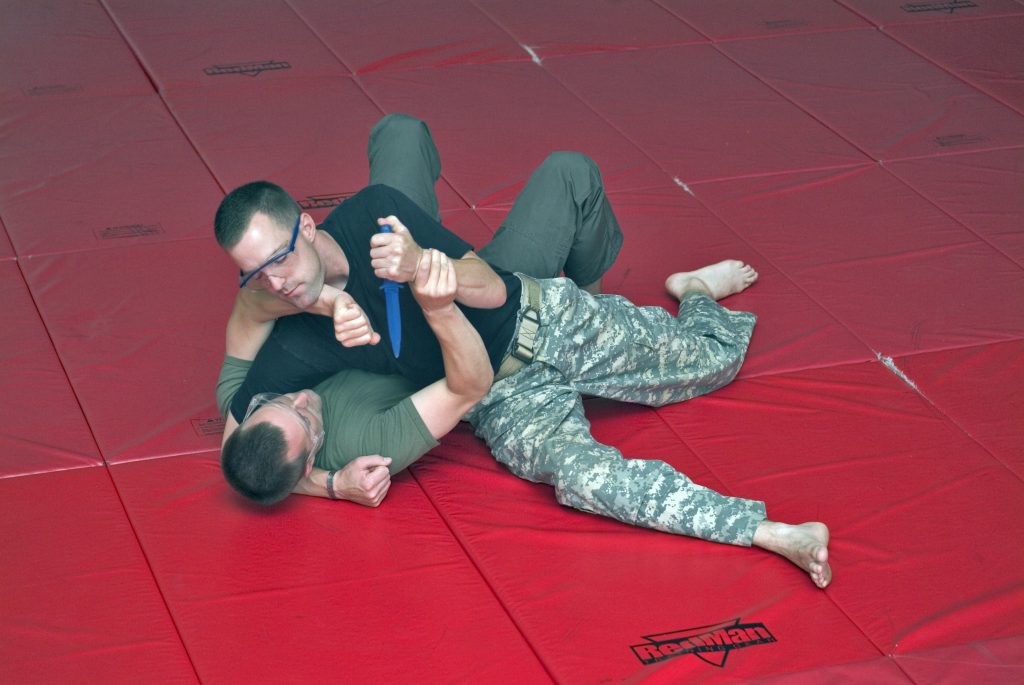
THE CUT PIT
For those who have the space, a cut pit can provide a higher level of training beyond a cut board. It is an outdoor area approximately six to eight feet in diameter with three heavy wooden posts set near the perimeter and spaced (roughly) equally apart. Long, upright cut boards are secured to each post with nylon cord, each facing the center of the pit. I designed this cut pit for law enforcement clients as an individual station in a long circuit of combatives stations.
To use it, one stands in the center with a training blade. Cuts are made against the targets and require the user to pivot, shuffle and adjust for distance and angle. A partner can call out targets randomly to add stress, e.g., “Target right—head,” or “Target left—body.” If no new target is called, the user keeps cutting against the target they are already squared-up against.
Because there are always two targets flanking the blademan in the pit, it simulates being attacked from multiple angles. The effect is to build proficiency in cutting and defending flank angles, not just against a direct frontal threat. This drill induces fatigue quickly and exposes weaknesses in form and technique, particularly concerning footwork. The cut pit allows for creative drills and helps build confidence and comfort in manipulating a live blade at full speed.
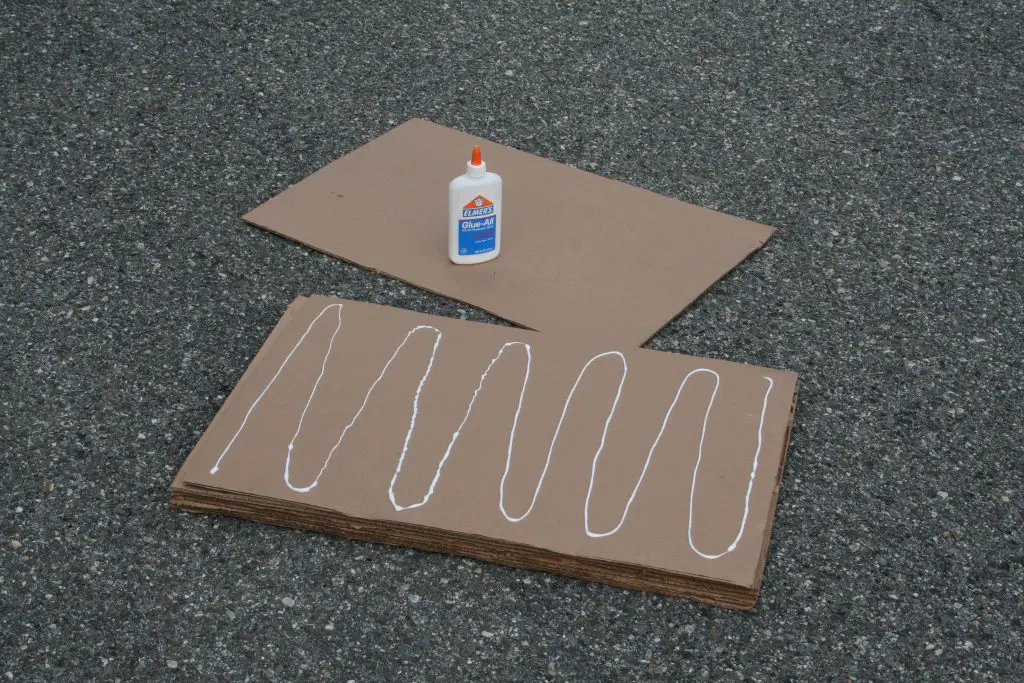
THE RUBBER TRAINING BLADE
For force-on-force knife training, the rubber training blade is a must-have item. Full-speed techniques can be worked, and reflexive skills honed to a high degree. Both partners should wear eye protection and set limits and goals for each session. For example, the attacker has a fully padded training suit, so full-power strikes and kicks are fine against him, but the padded man can use only his rubber training blade against his partner—no striking. A few sessions with rubber blades often demonstrate how easily even a seasoned martial artist can suffer potentially fatal cuts from a novice blademan. Rubber trainers can be purchased from numerous online retailers.
Concerning knife-versus-knife sparring drills with a partner, keep in mind that you are not training for a knife duel. You are tuning your knife attacks and defenses in a highly efficient and effective manner as part of a bigger self-defense capability. An analogy might be a pistolero squaring off with his training partner against a steel dueling tree. Is he training to challenge someone to a duel out on the street? Of course not—he’s just performing one type of training as part of a larger training hierarchy.
Specific scenarios are beyond the scope of this short article but should be part of a well-rounded training plan. A few factors to consider are listed below. Depending on when and where you will be conducting scenarios, consider privacy, safety and any issues you might normally associate with firearms force-on-force training.
- High stress vs. low stress
- Slow speed vs. full speed
- Single vs. multiple opponents
- Defending vs. a knife (e.g., can defender draw pistol in time?)
- Start at disadvantageous position (e.g., defender pinned on ground)
- Random vs. choreographed
- Decision-making vs. reacting
- Simple vs. complex
- Mat room vs. street environment
- Get verbal (e.g., aggressor screams during assault, defender gives loud verbal task direction, etc.)
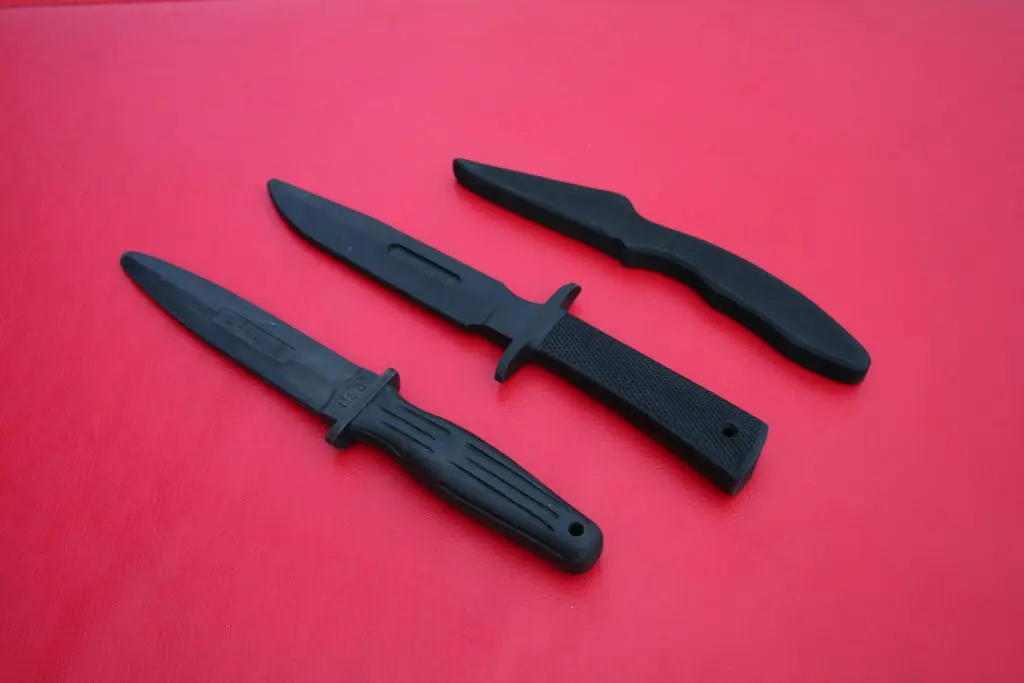
PUTTING IT ALL TOGETHER
Here are some examples of how a blademan might work some of this type of a program into a busy week:
You are at home, waiting for a phone call, and decide to work some cut drills against your homemade cut board in the back of your garage. You get 10 minutes in before the phone rings. Three days later, you’re working out in your dojo or department’s mat room. You decide to do some sparring with your training buddy using your rubber knives. Fifteen minutes of dueling and you’re smoked. You walk out with a good sense of where you are strong and where your technique needs work.
There are other issues to consider when it comes to defensive knife work. Remember, as with firearms, all man-on-man knife work is a deadly force issue, both tactically and legally. Mental preparation for a violent encounter and defense with a blade may require a willingness to do brutal things to your attacker. For most, the ability to turn on this level of ferocity is an acquired skill. Rather than mindlessly performing countless repetitions of blade training drills, consider focusing your thoughts during this time to mentally gaming “what-if?” scenarios and increasing your likelihood of performing under severe stress.
By making your conscious mind more accustomed to the idea of being violently assaulted, you will decrease your chances of becoming immobilized with panic and fear when you are fighting for your very life. Reflexive defense skills—both physical and psychological—take time to cultivate. Hopefully this article has given you some ideas of how to take your training to the next level.
Photos by Clint Tupper
